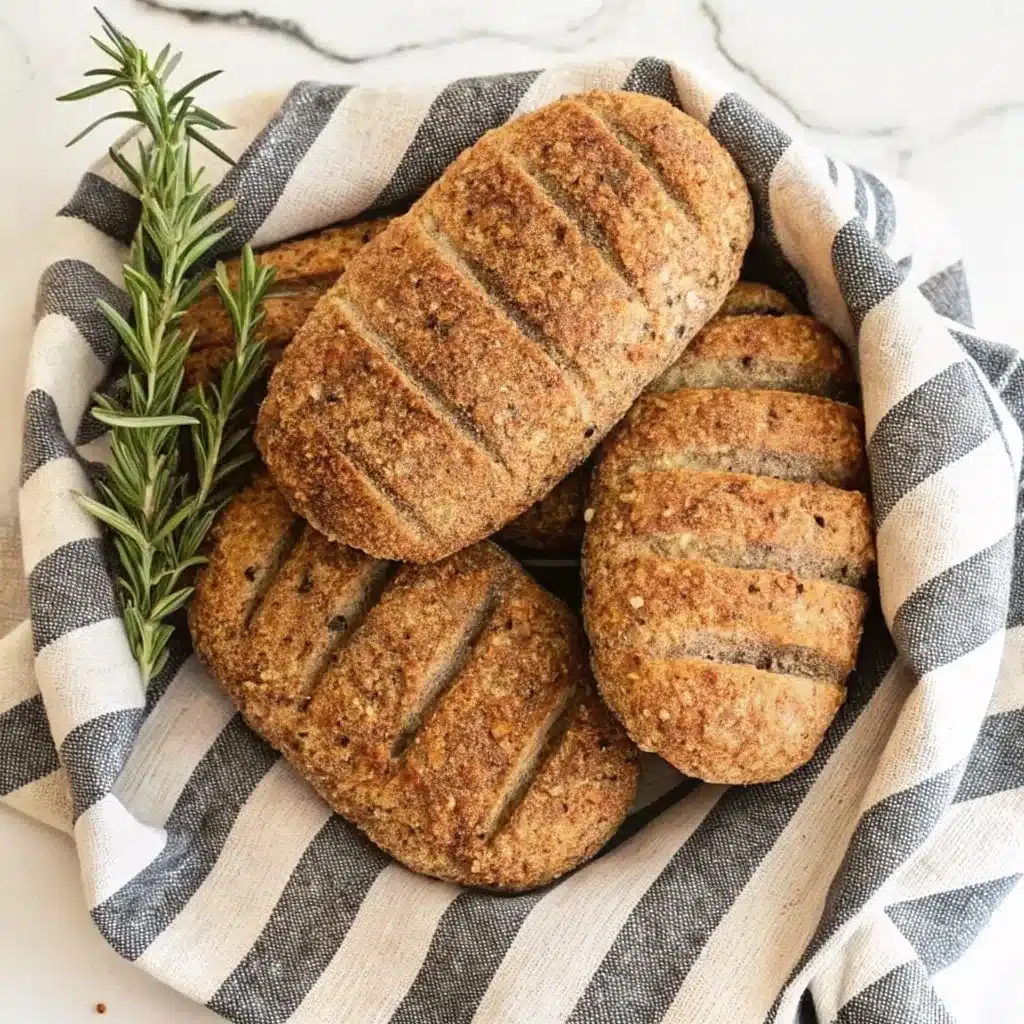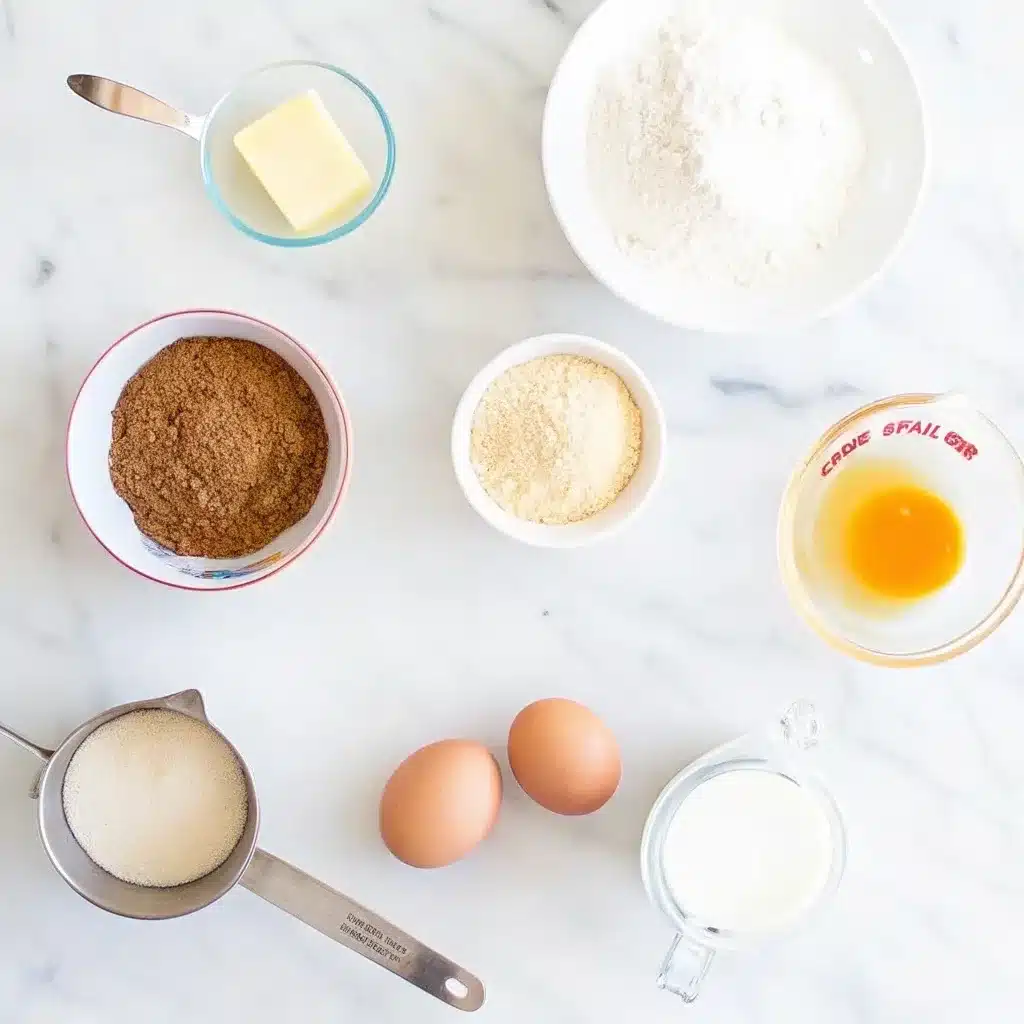If you’ve ever stared longingly at a crusty sourdough loaf while sticking to a keto diet, you’re not alone. Bread is one of the toughest cravings to shake—but here’s the good news: you don’t have to. In this article, we’ll explore everything about keto sourdough bread, from how to make it taste just like the real thing to smart baking techniques that avoid dense, crumbly textures. We’ll also answer some of the most common keto sourdough questions and show you how to enjoy this tangy, chewy classic without breaking your carb count. Let’s get baking!
Table of Contents

Why I Needed a Keto Sourdough Bread Recipe
There’s something comforting about the tang and chew of a fresh slice of sourdough. When I started keto, I thought those days were over. But if you know anything about me, you know I’m not one to give up on flavor. As a home cook from Santa Barbara and a mom who got creative out of necessity, I’ve turned kitchen struggles into some of my best wins—like this keto sourdough bread.
At first, I faced disaster after disaster. Too dense. Too dry. Not a crumb of tang. But I couldn’t let it go. I started experimenting with almond flour, coconut flour, and psyllium husk—three powerhouse ingredients in keto baking.
What finally worked? A strategic mix of ingredients and techniques. Psyllium husk brought the chew. Almond flour added substance. Coconut flour balanced moisture. But what made it truly sourdough was my secret combo: buttermilk and sauerkraut juice for the tang, and a triple-rise boost from egg whites, baking soda, and baking powder.
The result? Bread that actually tasted like bread. Crusty outside, soft and tangy inside, and—best of all—only 2g net carbs per roll. Now it’s my go-to for sandwiches, toast, or snacking straight from the oven.
Want more ways to enjoy sourdough while staying on track? Try my low-calorie sourdough bread for a lighter option, or explore the chewy layers of my croissant sourdough bread that still keeps your carb goals in check.

I’m excited to show you how to make this keto sourdough bread a part of your everyday meals too. Trust me—it’s worth every bite.
How to Master a Keto Sourdough Bread Recipe That Works
When it comes to baking keto sourdough bread, precision matters. You can’t just toss in low-carb flour and hope for that fluffy, tangy bite. The trick is layering ingredients that balance moisture, texture, and rise—all while keeping carbs low.
The star of the show in keto sourdough bread is psyllium husk. But here’s the key: use whole psyllium husk and grind it yourself. Pre-powdered versions often lead to dense, flat loaves. Grinding fresh keeps the structure light, chewy, and perfectly moist. I use a simple coffee grinder, and the difference is night and day.
Next up, let’s tackle tang. Traditional sourdough relies on fermented starters, but that’s off-limits on keto. My version uses a blend of buttermilk and sauerkraut juice to mimic that sour flavor. The acidity hits just right without spiking your carb count. If you’re dairy-free, swap in coconut milk and lemon juice—it works just as well.
Baking keto sourdough bread is all about options. Whether you shape it into sandwich rolls, burger buns, or even baguette-style loaves, this dough stays flexible. Just watch your baking time—smaller forms may need 5 minutes less in the oven. Want to use it for sandwiches? A loaf pan and a cooling rack are your best friends.
I often rotate this recipe with other favorites like my low-calorie sourdough bread for light lunches or the flaky, indulgent croissant sourdough bread when I’m craving something extra.

Keto sourdough bread isn’t just possible—it’s practical and deeply satisfying. With the right ingredients and a few clever swaps, you can have that comforting bakery flavor right from your oven.
Baking, Storing, and Using Keto Sourdough Bread Every Day
Once you’ve mixed your keto sourdough bread dough, it’s time to shape and bake it like a pro. I like dividing it into evenly sized rolls using a kitchen scale, then scoring the tops lightly with a sharp knife. This helps them bake evenly and gives that authentic sourdough look.
Bake at 350°F for 30 to 35 minutes, or until the bottoms turn golden. For a glossy finish, brush the tops with melted butter, sprinkle sea salt or Italian seasoning, then pop them under the broiler for 2 to 3 minutes. Watch closely—they can go from golden to burnt fast.
Let your keto sourdough bread cool completely before slicing. That cooling time might test your patience, but it helps the inside set up without turning gummy. Once cooled, you can store leftovers in an airtight container at room temperature for up to three days or freeze them for longer.
Got extras? Toast the rolls for breakfast or turn them into mini pizzas with low-carb marinara and mozzarella. I’ve also used them for sandwiches with homemade mayo, turkey, and avocado. You can even blend leftover rolls into breadcrumbs to top casseroles or add crunch to soups.
If you’re curious about flavor twists, try my sourdough pita bread for a handheld option or go bold with organic sourdough bread when you’re in the mood for something rustic yet refined.
Keto sourdough bread doesn’t have to be a weekend project. Once you master the base recipe, you can make it part of your weekly routine. Just one batch gives you rolls, buns, and sandwich bread—all keto, all satisfying.
For more fun variations and ideas, check out our Facebook and Pinterset sections where creativity meets craving.

Keto Sourdough Bread
Ingredients
Equipment
Method
- Preheat your oven to 350°F (175°C). Prepare a baking sheet or loaf pan.
- Grind the whole psyllium husk using a coffee grinder until fine. This helps improve texture.
- In a large mixing bowl, combine almond flour, coconut flour, baking soda, baking powder, salt, and ground psyllium husk.
- In a separate bowl, whisk egg whites, buttermilk, and sauerkraut juice.
- Fold wet mixture into the dry ingredients gently. Do not overmix. Let rest 2–3 minutes.
- Divide dough into 8 rolls or shape into a loaf. Score tops with a sharp knife for sourdough look.
- Bake at 350°F for 30–35 minutes, or until golden brown. Check smaller rolls around 30 minutes.
- Optional: Brush tops with melted butter and sprinkle with sea salt or seasoning. Broil 2–3 minutes for a glossy finish.
- Cool on a wire rack for at least 30 minutes before slicing to avoid gumminess.
Nutrition
Notes
Tried this recipe?
Let us know how it was!Troubleshooting Keto Sourdough Bread + Nutritional Wins
Keto sourdough bread isn’t hard to make—but it’s easy to misstep. If your bread turns out dense, you might’ve used pre-powdered psyllium husk or overmixed the batter. For the best rise, combine your dry ingredients thoroughly, then gently fold in the wet ones without over-stirring. And always measure accurately. Keto baking is as much science as it is heart.
Another culprit for flat loaves? Expired baking soda or inactive baking powder. I once forgot mine was over a year old—needless to say, the bread never rose. A quick test in water helps confirm freshness before you commit.
Texture issues are common too. If your keto sourdough bread is gummy, give it a longer rest after baking. Letting the rolls cool on a wire rack for at least 30 minutes gives the steam time to escape. It also firms up the inside without drying it out.
Now, let’s talk macros. One roll of this keto sourdough bread clocks in at just 2g net carbs, with 12g of fat and 12g of protein. That balance makes it ideal for keto and low-carb lifestyles. It’s not just bread—it’s a macro-friendly tool for sandwiches, toast, or dipping into soups.
Looking to switch things up? Sprinkle in seeds like sesame or poppy before baking, or brush the tops with garlic butter for an herby upgrade. I often serve it alongside dishes like my gluten-free garlic bread or with a warm bowl from my calories in sourdough bread breakdown for comparison.
When you get it right, keto sourdough bread isn’t just good—it’s crave-worthy. And now that you know the tricks, you can troubleshoot, tweak, and bake with confidence.
Frequently Asked Questions About Keto Sourdough Bread
Is sourdough bread good for keto diet?
Traditional sourdough isn’t ideal for keto—it’s still made with wheat flour, which raises blood sugar and carb intake. But keto sourdough bread changes the game. Made with almond flour, coconut flour, and no grains, it delivers the same tangy satisfaction with a fraction of the carbs. It’s a much better choice if you’re following a strict low-carb or ketogenic lifestyle.
Is it possible to make low carb sourdough?
Absolutely. With the right ingredients and techniques, you can make low carb sourdough bread that looks, feels, and tastes like traditional bread. Instead of relying on a grain-based starter, you can use tangy elements like buttermilk or apple cider vinegar to replicate the sour flavor. Add in psyllium husk and a blend of keto-friendly flours, and you’ve got the perfect loaf.
Can you buy low carb sourdough bread?
You can find a few brands selling keto sourdough bread online or at health food stores, but they can be pricey and often include fillers. That’s why making it at home is both economical and customizable. You control the ingredients, flavor, and macros—and it’s surprisingly easy with the right recipe.
Can you make sourdough starter with keto flour?
Not quite. Classic sourdough starters need starches to feed natural yeast, and most keto flours like almond or coconut don’t provide enough of that fuel. But don’t worry—you don’t need a starter to enjoy keto sourdough bread. With a combo of acidic ingredients and leaveners like baking soda, you can still achieve the flavor and texture you crave.
Conclusion: Keto Sourdough Bread Can Be Your New Staple
Craving bread doesn’t have to be a keto deal-breaker. With the right ingredients, simple tools, and this step-by-step method, keto sourdough bread becomes more than a substitute—it’s a new staple. Whether you’re baking rolls, loaves, or sandwich buns, you can stay on track and still enjoy that golden crust and tangy crumb.
Remember, keto is about more than restriction—it’s about finding joy in the recipes that nourish you. For more ideas, explore my low-calorie sourdough recipes and gluten-free bread options that make every bite count.
